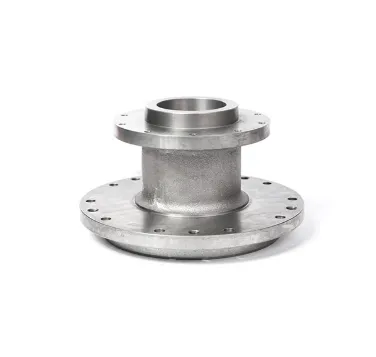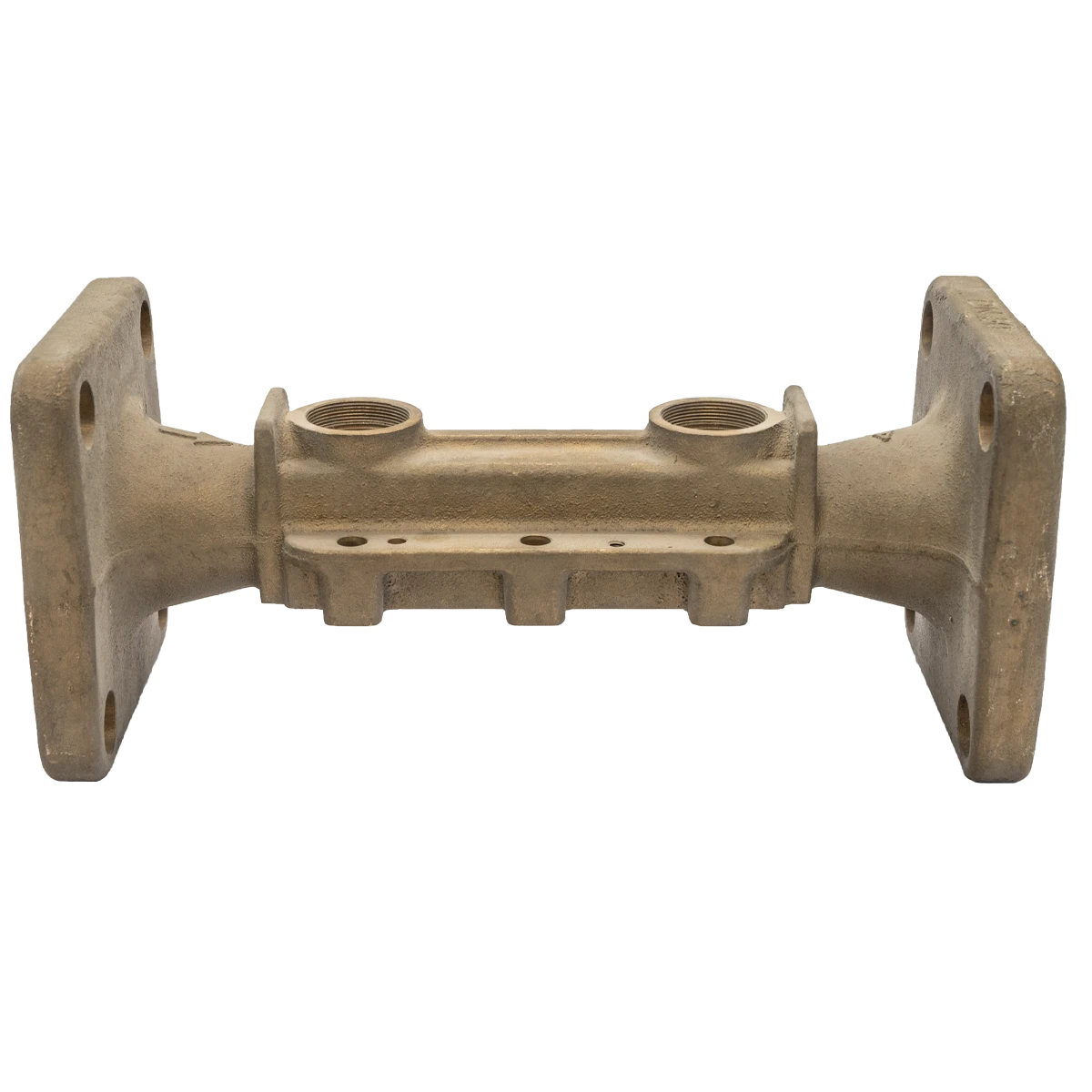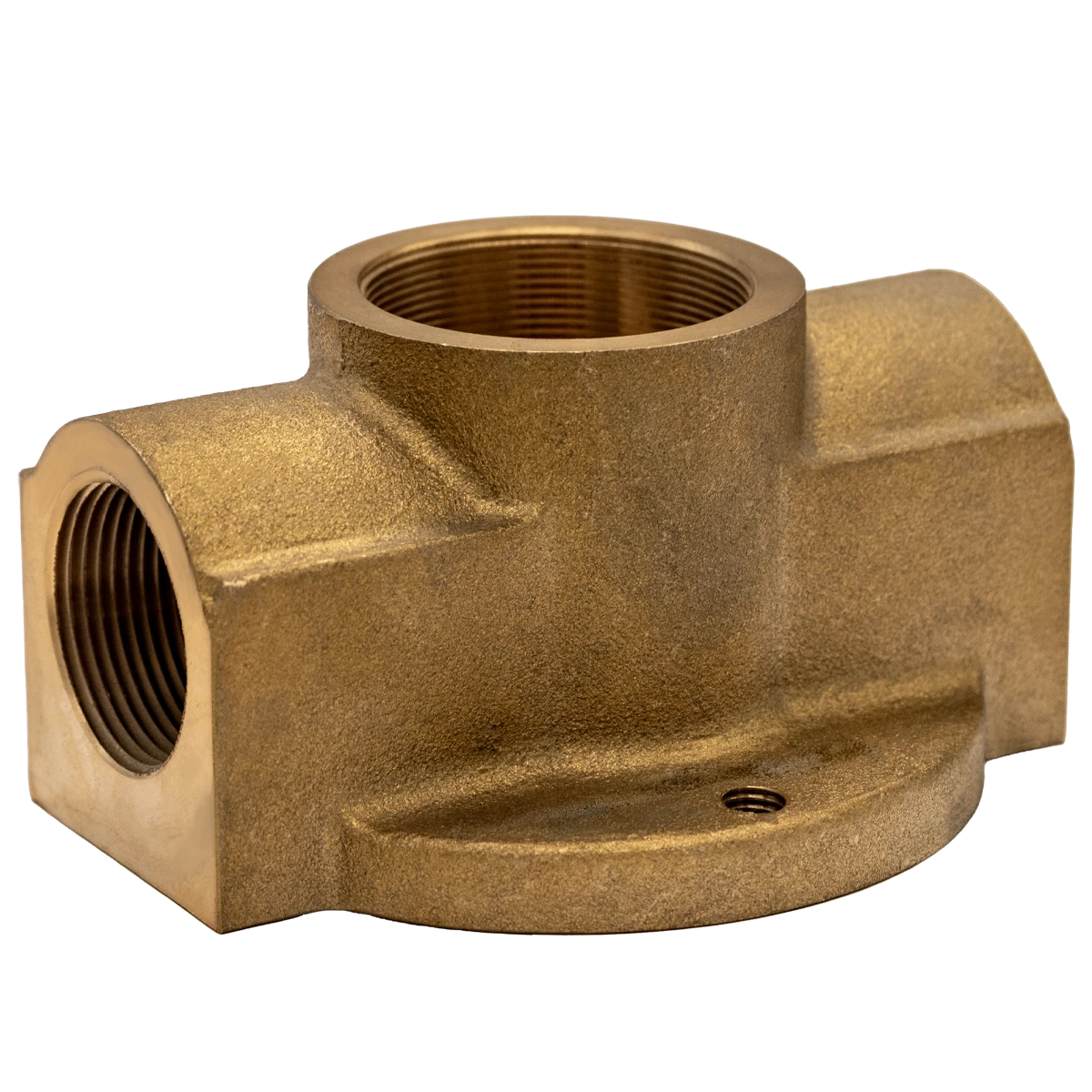Mobile:+86-311-808-126-83
Email:info@ydcastings.com
Maximizing Efficiency with Advanced Casing in Centrifugal Pump Design
In the world of industrial fluid management, where system stability and operational longevity are directly tied to component integrity, the importance of precision-engineered pump components cannot be overstated. Pumps are the backbone of numerous essential systems—power generation, HVAC, oil and gas, automotive, agriculture—and at the heart of these pumps lies a critical structural element: the casing in centrifugal pump. Far from being a passive enclosure, the casing plays an active role in determining the efficiency, safety, and durability of the entire pumping operation.

With global industries demanding higher energy efficiency and reduced downtime, modern centrifugal pump design has evolved to prioritize streamlined flow paths, high-tolerance materials, and modular construction. This trend brings into sharp focus other equally essential components such as the housing turbine, water pump connector, pumpe impeller, and pump body—each playing a crucial role in the smooth movement and pressurization of fluids under varying load conditions. Whether deployed in large-scale municipal water systems or compact automotive engines, these elements must be built to perform reliably under high stress and fluctuating temperatures.
Enhancing Flow and Pressure Stability through the Casing in Centrifugal Pump
The casing in centrifugal pump is designed to house the impeller and guide the liquid from the inlet to the outlet while converting kinetic energy into pressure energy. It plays a pivotal role in determining the pump's hydraulic efficiency. There are various casing types—volute, concentric, and diffuser types—each suited for specific flow rates and pressure conditions.
Proper design and material selection for the casing in centrifugal pump ensures not only performance but also resistance to erosion, corrosion, and thermal stresses. In industrial applications, precision-machined casings made of cast iron, stainless steel, or bronze provide optimal fluid flow pathways and durability under demanding operating conditions.
The Role of the Housing Turbine in Power and Pump Systems
The housing turbine refers to the enclosure that supports and protects the turbine’s rotating components in hydroelectric and pumping systems. In systems where pumps and turbines are coupled, such as pump-turbines or motor-driven turbines, the housing must withstand fluctuating pressure and high-velocity water flow.
Precision casting and CNC machining of the housing turbine ensure tight tolerances, structural stability, and resistance to cavitation. In water circulation systems, especially in power plants, the housing not only prevents leakage but also acts as a mounting base, aligning the shaft and guiding water flow efficiently through the system.
Strengthening Connections with the Water Pump Connector
A water pump connector may appear as a minor component, but it serves a major function—ensuring leak-proof, vibration-resistant connections between the pump and the piping system. Whether made from rubber, metal, or composite materials, these connectors absorb thermal expansion, dampen mechanical vibrations, and maintain a stable pressure environment within the pump housing.
Innovations in water pump connector design now allow for quick installation, corrosion resistance, and long-term sealing performance. In automotive water pumps, for instance, these connectors are critical for maintaining coolant circulation and engine temperature regulation.
Efficiency Begins at the Core: The Pumpe Impeller
The pumpe impeller is the rotating component within a centrifugal pump that transfers energy from the motor to the fluid, accelerating it outward from the center of rotation. The shape, size, and material of the impeller directly affect flow rate, pressure output, and energy efficiency.
Impellers can be open, semi-open, or closed, depending on the fluid being pumped and the presence of particulates. A well-designed pumpe impeller minimizes turbulence, reduces energy loss, and ensures uniform flow, all while resisting wear from abrasive or corrosive fluids. Materials like stainless steel, bronze, or engineered plastics are common in specialized industrial settings.
The Structural Foundation: Choosing the Right Pump Body
The pump body forms the physical framework of the pump, encompassing the casing, volute, and other internal parts. It must withstand internal pressures, temperature fluctuations, and mechanical stress while maintaining precise alignment of all internal components.
A robust pump body ensures ease of maintenance, longer service intervals, and compatibility with different shaft sealing systems. Cast or fabricated from ductile iron, stainless steel, or polymer composites, the pump body serves both as protection and as a precision housing for operational efficiency.
Casing in Centrifugal Pump FAQs
What is the primary function of the casing in centrifugal pump?
The casing in centrifugal pump channels fluid flow, converts velocity into pressure, and protects internal components such as the impeller.
Why is the housing turbine critical in fluid power systems?
The housing turbine provides structural support for rotating components and ensures fluid containment and flow alignment in pump-turbine assemblies.
How does a water pump connector improve pump reliability?
A water pump connector absorbs vibration, compensates for misalignment or thermal expansion, and maintains a secure connection between piping and pump.
What affects the performance of a pumpe impeller?
The design, size, and material of the pumpe impeller influence the pump's efficiency, pressure output, and ability to handle various fluid types.
What materials are best for manufacturing a durable pump body?
High-performance pump body materials include stainless steel, cast iron, and engineered plastics, selected based on the fluid’s chemical properties and system requirements.
-
Materials Used in Manufacturing Cap End Pipe FittingsNewsNov.24,2025
-
Material Properties of CF8M CastingNewsNov.24,2025
-
How to Inspect Pump Cap Ends for DamageNewsNov.21,2025
-
Backward Curved Impeller – Efficient Airflow Solutions for Industry | YD CastingsNewsNov.21,2025
-
Automobile Water Pump - Efficient, Quiet, Durable & ElectricNewsNov.21,2025
-
Impeller for Pumps – High-Efficiency, Durable, OEM-ReadyNewsNov.21,2025











